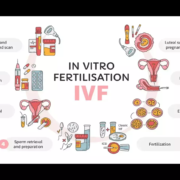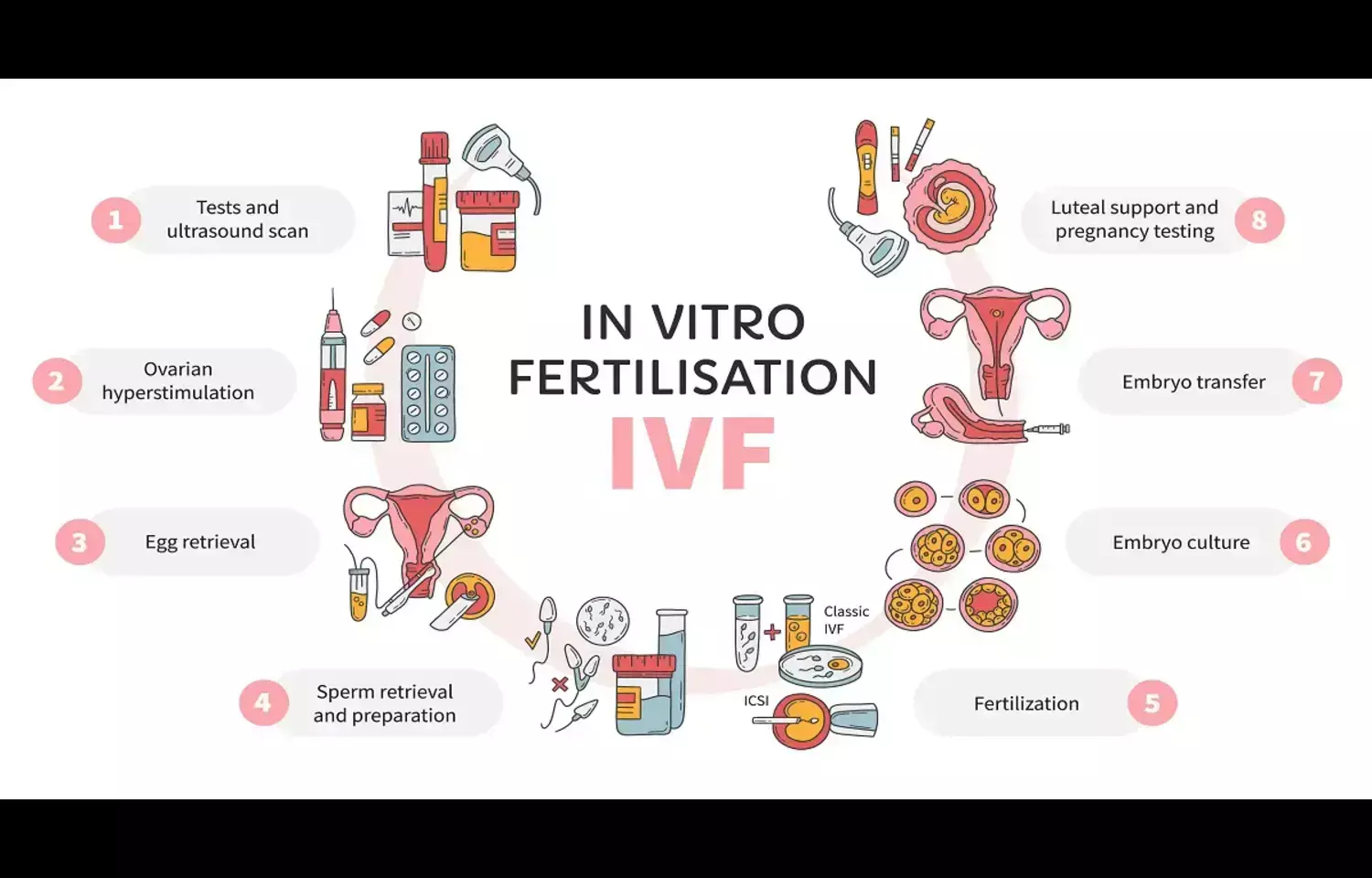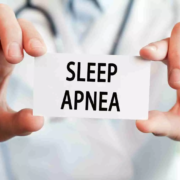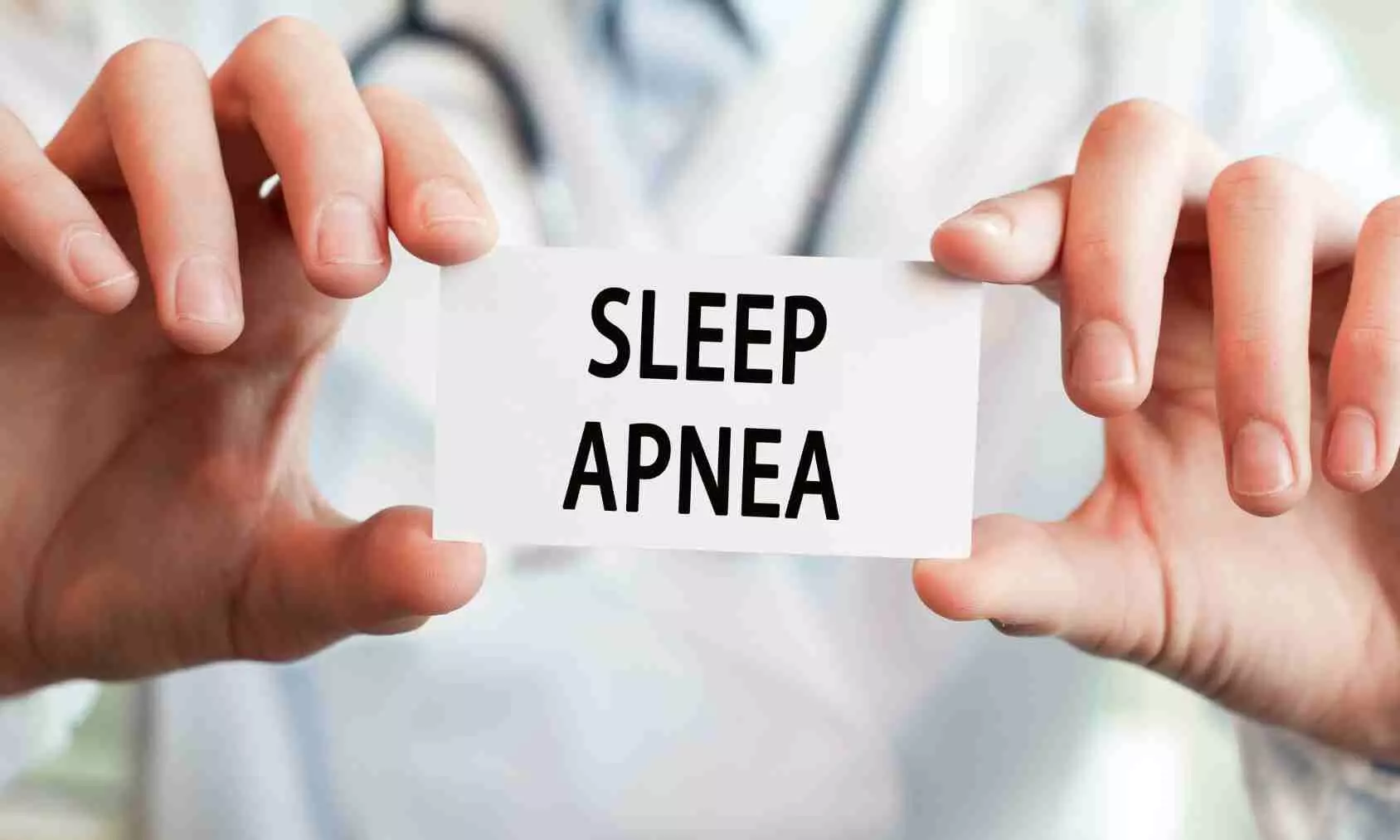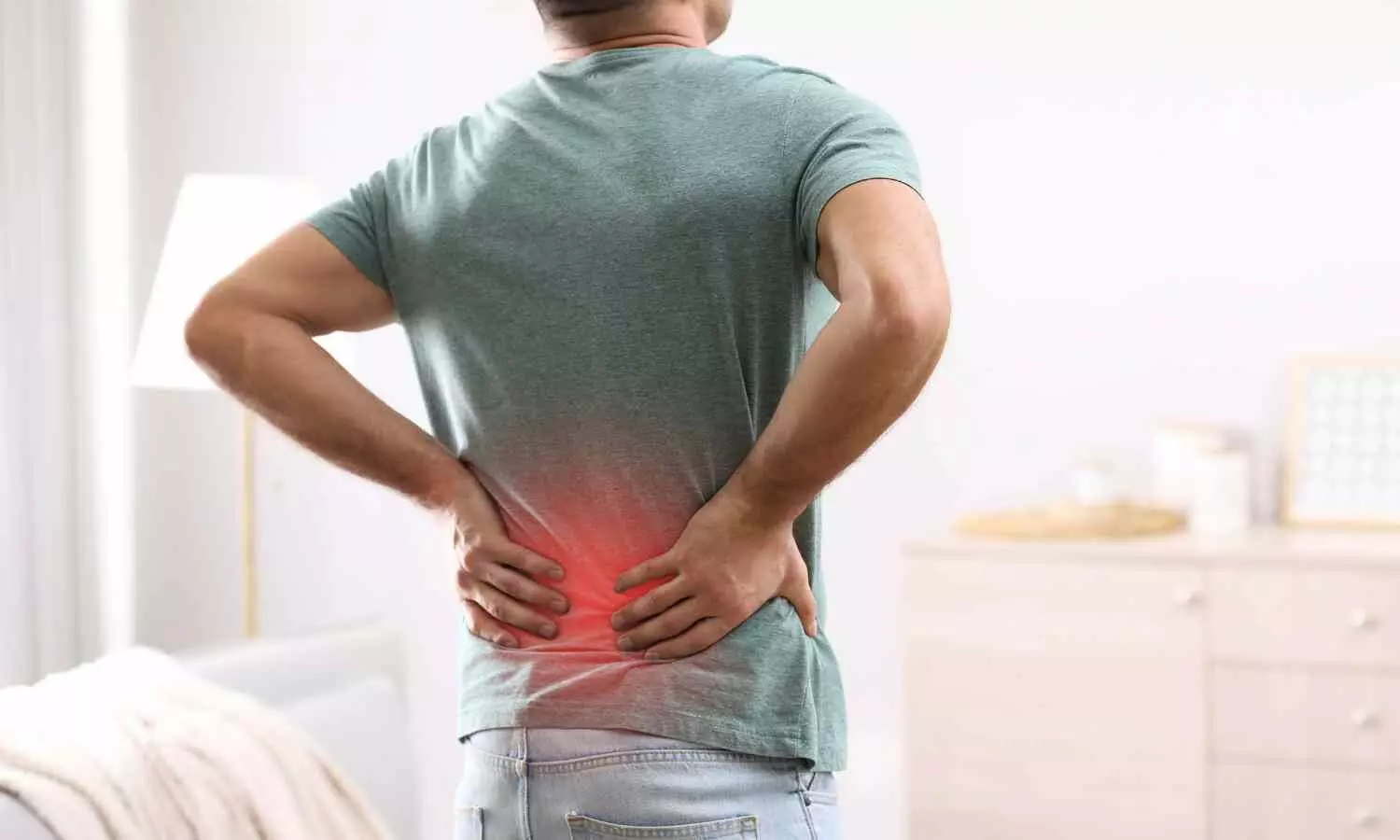Relief Sought for Small Retailers as GST 2.0 Sparks Losses in Pharma Trade

New Delhi: Noting the fact that the reduction in GST rates (18% to 5%, 12% to 0%, 12% to 5%) has benefited consumers, but it has severely impacted the financial position of small traders, the All India Organisation of Chemists & Druggists (AIOCD), representing over 12.5 lakh chemists and distributors across the country, has appealed to the Union Finance Minister Nirmala Sitharaman for urgent relief measures to protect small retailers during the transition to GST 2.0.
Highlighting the practical difficulties and financial losses faced by small traders, the AIOCD President J. S. Shinde and General Secretary Rajiv Singhal stated:
• The reduction in GST rates (18% to 5%, 12% to 0%, 12% to 5%) has benefited consumers, but it has severely impacted the financial position of small traders.
• Stock purchased by unregistered and composite dealers at higher GST rates now has to be sold at lower prices, leading to unavoidable losses, especially when drug margins are regulated by NPPA.
• Most small traders are either not registered under GST or are composite dealers who cannot claim Input Tax Credit (ITC).
In view of the above, the AIOCD has requested the Government to allow small traders to sell their existing stock at the old MRP for a period of three months. If necessary, a special relief package should be announced, and during this transition period, no harassment or penal action should be taken against small retailers.
In a letter to the Union Finance Minister Nirmala Sitharaman, the key concerns raised by AIOCD:
• Across the country, pricing adjustments are being made in line with the new GST rates, but the plight of small retailers is being completely ignored.
• Small chemists( URD and Composite ), particularly those in rural and semi-urban areas, are already operating on very thin margins.
• The reduction of 18% to 5%, 12% to 0%, and 12% to 5% has created a situation where pipeline stock purchased at higher tax rates must now be sold at lower prices. As you know, the margin on medicines is fixed by NPPA.
• These retailers are at a total loss since they cannot recover the tax difference. Many are not registered under GST and hence cannot claim Input Tax Credit (ITC).
• At several places, the survival of these small traders is under severe threat.
In addition, it stated that adding to their distress:
• We are observing that many political leaders, senior officers, and GSTN officials are actively moving in the market highlighting that the GST relief has reached consumers.
• While the government has already taken its full GST on goods sold before 21st September from small URD and composite retailers, nobody is addressing their present plight.
• Instead, these traders are being compelled to sell at a loss, which is highly unfair and unsustainable.
In line with the above concerns, in order to safeguard small retailers and chemists, the AIOCD has urged the government:
1. The government should permit the sale of pipeline medicine stock on old MRP for at least the next three months, so that existing inventory purchased at higher GST rates can be exhausted without causing further losses.
2. If this is not possible, a special relief mechanism should be announced for small traders and chemists to offset the unavoidable financial hit.
3. Till this transition period of three months is over, we also request that no harassment or coercive action be taken against small retailers, as they are already facing unprecedented hardship.
The association issued a warning, saying that neglecting the problems faced by small pharmacies could endanger the supply of necessary medications at the local level.
“If immediate relief is not provided, many small chemists may be forced to shut down their shops, which will certainly affect the availability of medicines in rural and remote areas — a responsibility that will fall upon the Government. The Organisation has urged the Government to act swiftly to safeguard the backbone of India’s retail drug trade, which is being overlooked during this historic reform.” AIOCD said in its statement
Also Read: Chemists’ Body Seeks Input Tax Credit Refund, Protection Period Amid GST 2.0 Rollout
Powered by WPeMatico






